
This series examines Chinese porcelain from marketing view points of a Japanese who fell in love with, got to know, studied and collect them.

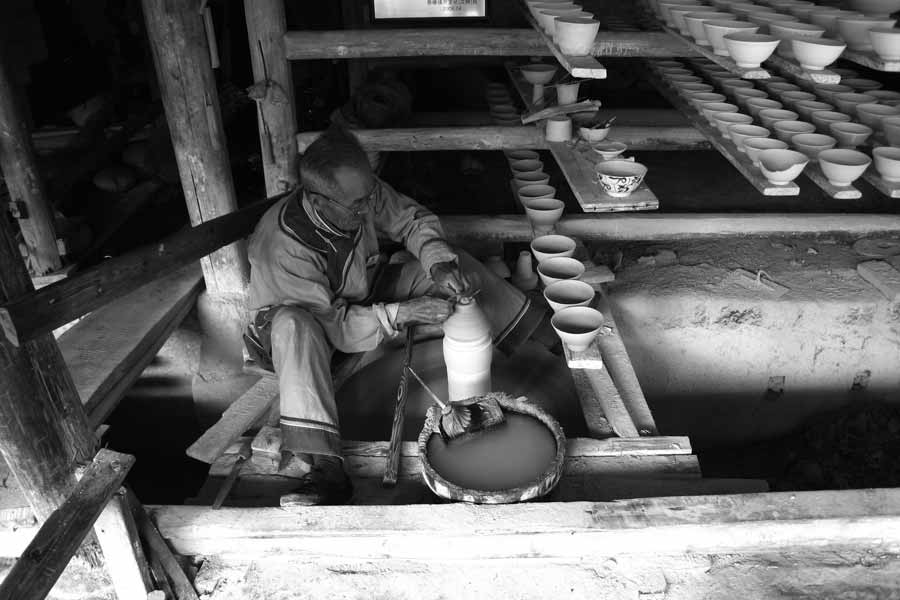
It is often said that Chinese love porcelain and Japanese love ceramics.
They are different in their characteristics: porcelains are made of glassy, thin, shiny materials. Most of them are symmetry and give fragile impressions. On the other hand, ceramics are made of soil. Thick, matt and asymmetry, giving natural impressions.
China also produces ceramics, and Terracotta Warrior(兵馬俑) and T’ang tricolor pottery of Shi Huangdi are well-known. Jingdezhen has been the most famous Chinese porcelain all the time. Jingdezhen attracts world buyers’ attentions as a porcelain town, also the sightseeing place for the 1,000 years of the country name of 瓷都.
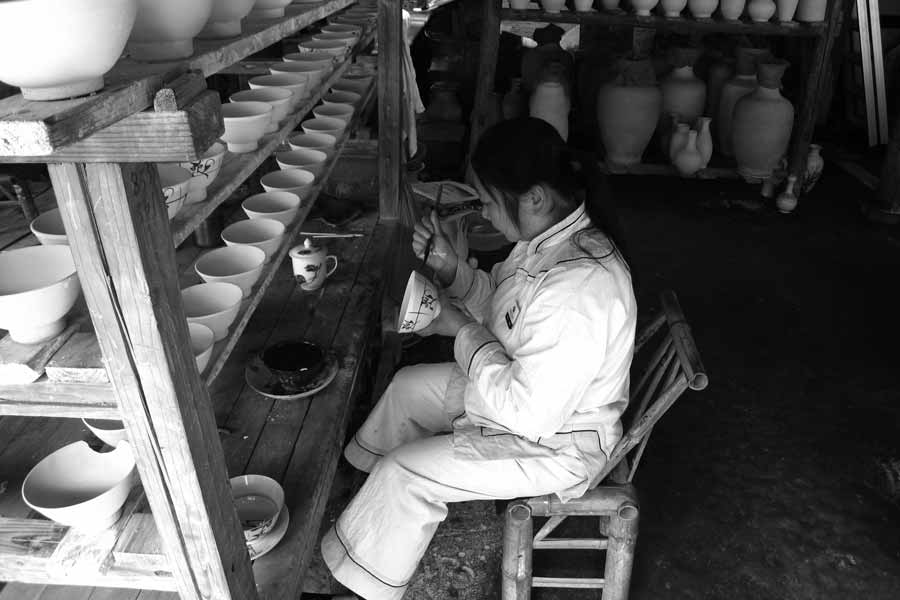
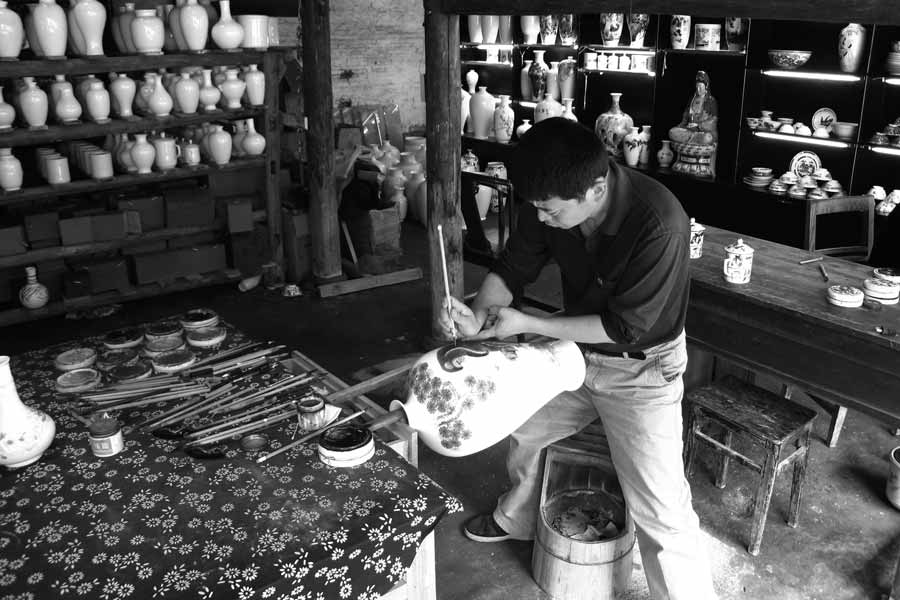

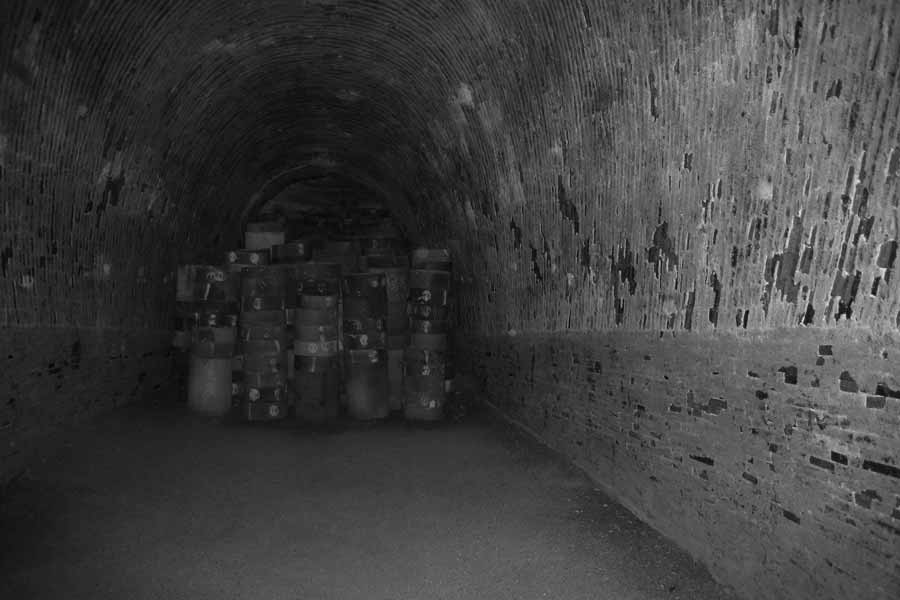
Arita ware(Koimari) is 400 years old, and Jingdezhen is 1,000 years old. This dominant difference only shows the deep affection of Chinese towards porcelain and their powerful aesthetic sense.
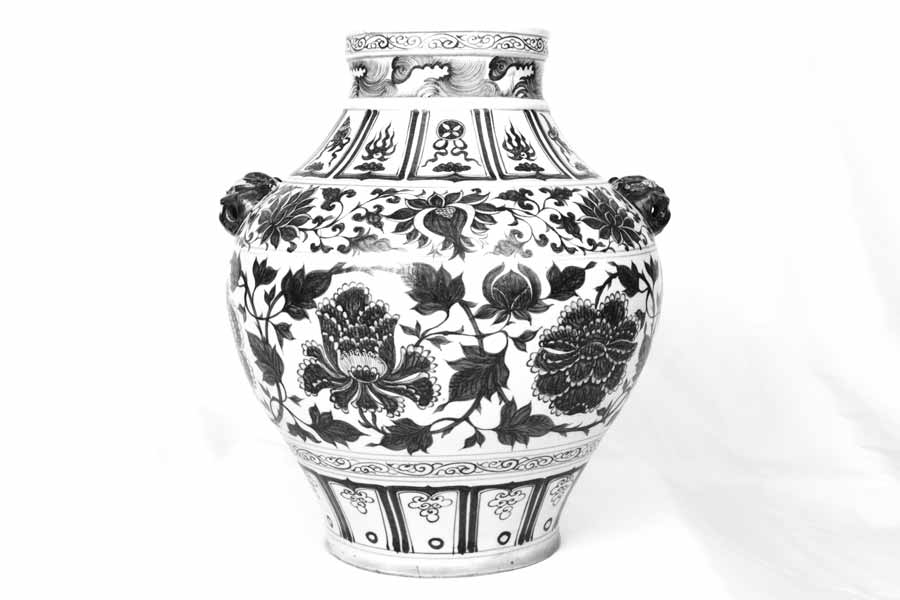
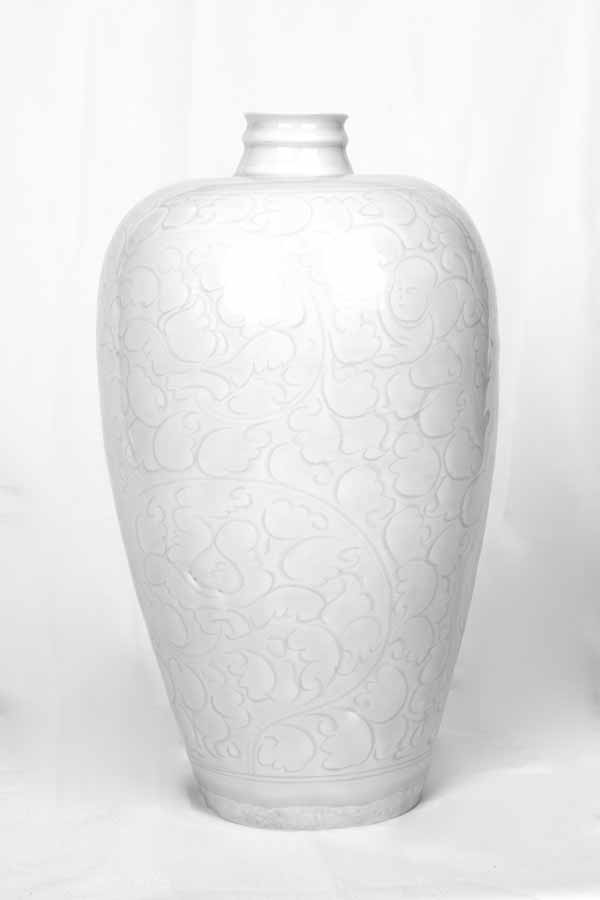
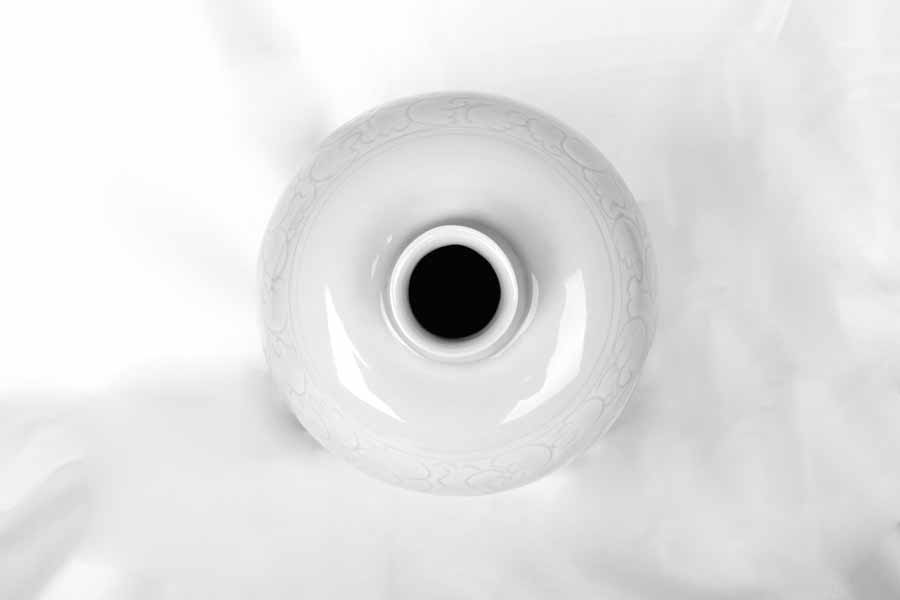
The potters’ mindsets seem different as well. NHK the other day featured, in their art grogram, Black Raku Tea Bowl(黒楽茶碗) of Raku Tea Bowl(楽茶碗), a prestigious pottery of tea cups for the ceremonies, explaining their technique is a secret art handed down from father to son, generation to generation. It was impressive to hear they say, with a great admiration, the tea cup was described as black and solid as stone.
Chinese porcelain has no potter’s signature in their works, except for the contemporary ones. They believe porcelains are not works of individual but belong to the manufacturer which the pottery’s workshop allocates the tasks to.
I have never heard someone express and praise a Chinese porcelain is as beautiful as stone. A Chinese porcelain, instead, shines like a gem.
In Muromachi Era in Japan, Chinese porcelain was very much treasured. So-called Tianmu tea-bowl(天目茶碗) and celadon ware being so popular, lords and merchants bought a lot of them. Some of them are still highly evaluated as Japanese national treasure.
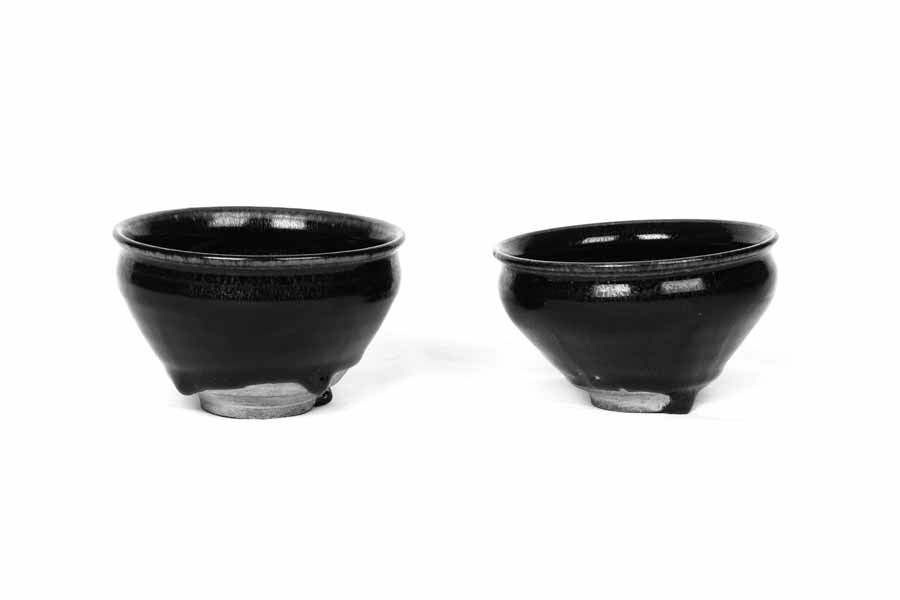

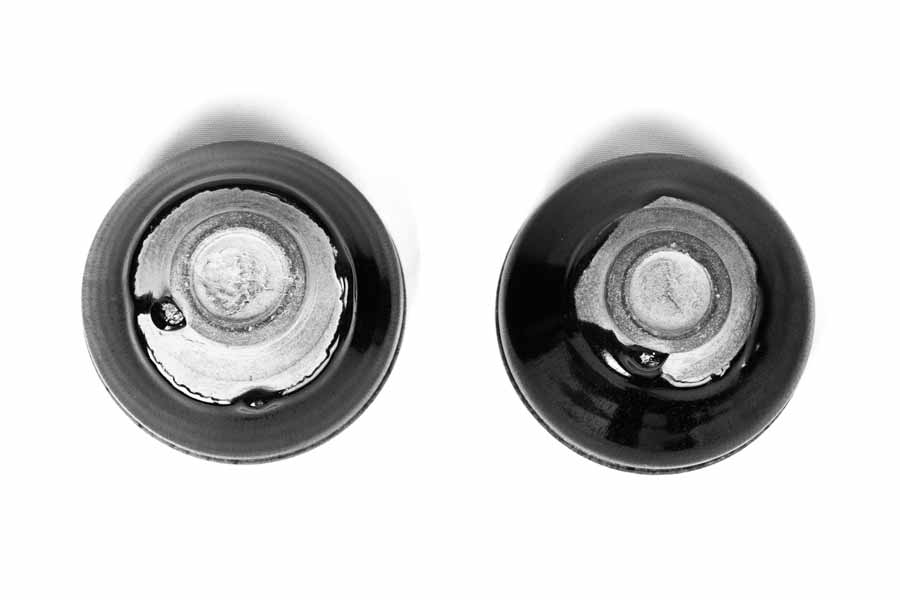
One of them is black-glazed tea bowl: Yohen(曜変), Yuteki(油滴) and Toke(兎毛) have no designed at all. This black-glazed tea bowl are total different from Raku Tea Bowl(楽茶碗)’s Black Raku Tea Bowl(黒楽茶碗). This might be a clue to get some idea to differentiate aesthetic senses of Chinese and Japanese.
Written by:BLUE & WHITE TEA SALON owner Tanaka Yasunari(田中保成)